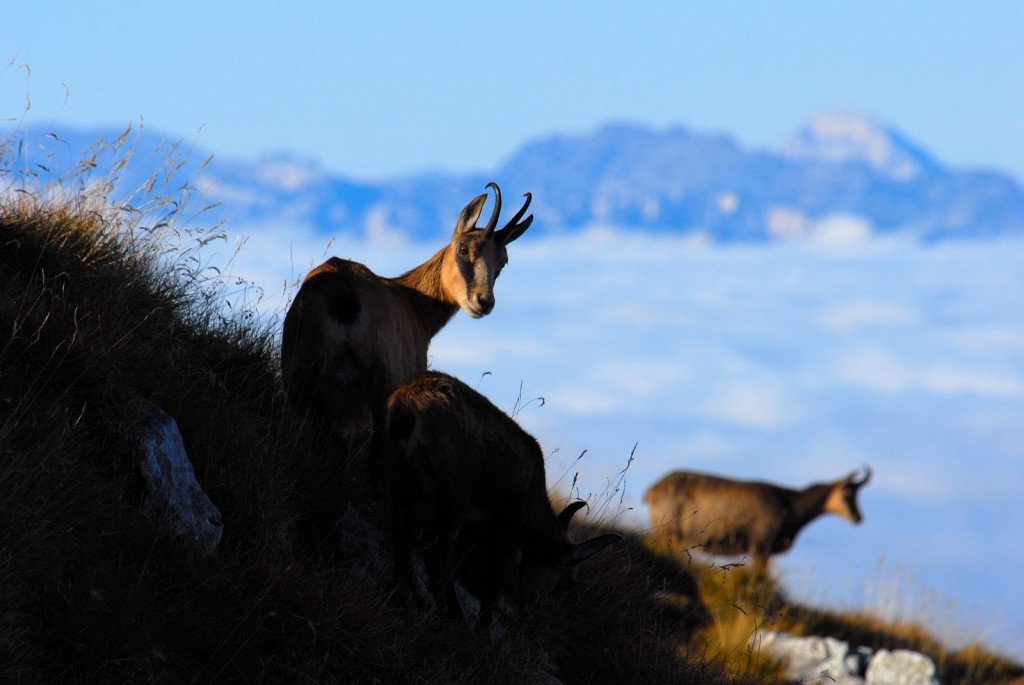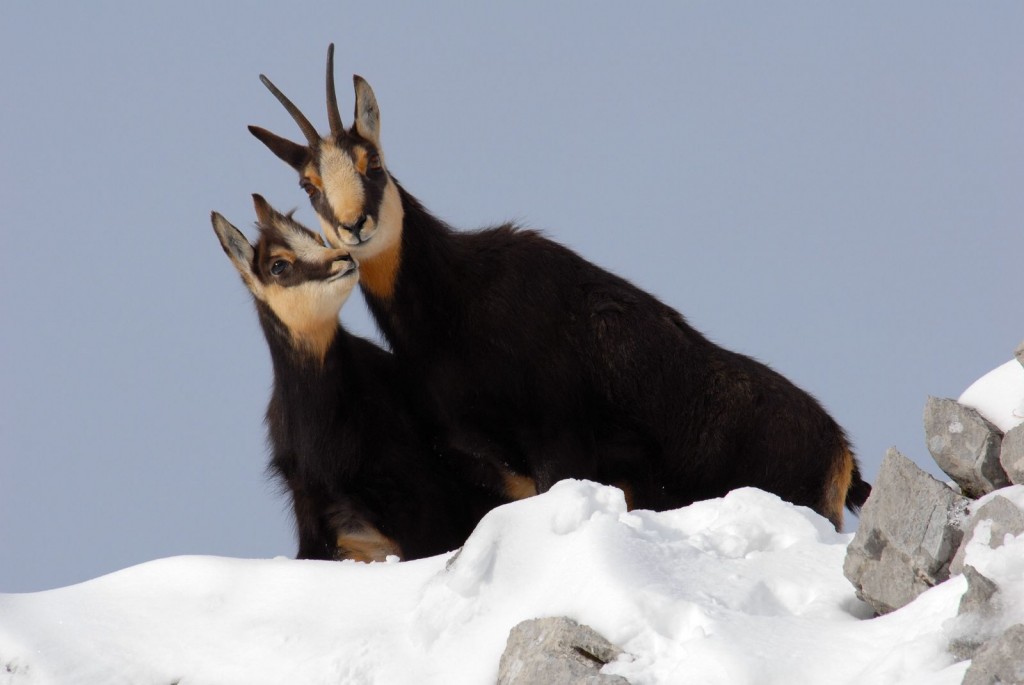Female chamois in France age faster than in Switzerland
Studying the survival and reproductive success of animals gives important insights into population changes over time. Many studies have demonstrated variation in survival patterns within a single population but comparisons between populations are rare. It’s important to compare the survival patterns of different populations to gain an insight into the selective pressures that affect wild animals in different areas.
Dr. Josefa Bleu from the Centre for Biodiversity Dynamics NTNU in Norway studied the changes in three chamois populations over the last 25 years: one population in France and two in Switzerland. In her presentation at the BES/SFE conference in Lille, Dr. Bleu revealed that female chamois living in the Game and Wildlife Reserve of the Bauges massif in France have lower survival and faster rates of ageing than populations in Switzerland.

Some of the differences may come from the effects of hunting: chamois from the Bauges population are subject to hunting while hunting is not allowed in the areas inhabited by the Swiss populations. In combination with harsher environmental conditions, hunting may have selected for a faster pace of life in the French chamois populations.
As Dr. Bleu explained, “The fact that age-specific survival varies between populations may have profound impacts on how each population will be affected by environmental changes. It is now necessary to understand the demographic consequences of these results to know how we can extrapolate the effects of environmental changes on population dynamics between different populations”.

The next step for the team will be to study more populations of chamois and to figure out what is causing the variation in survival and reproductive strategies among different groups.
Sive (BES Press Intern)
Twitter: @SiveFinlay
Like what we stand for?
Support our mission and help develop the next generation of ecologists by donating to the British Ecological Society.